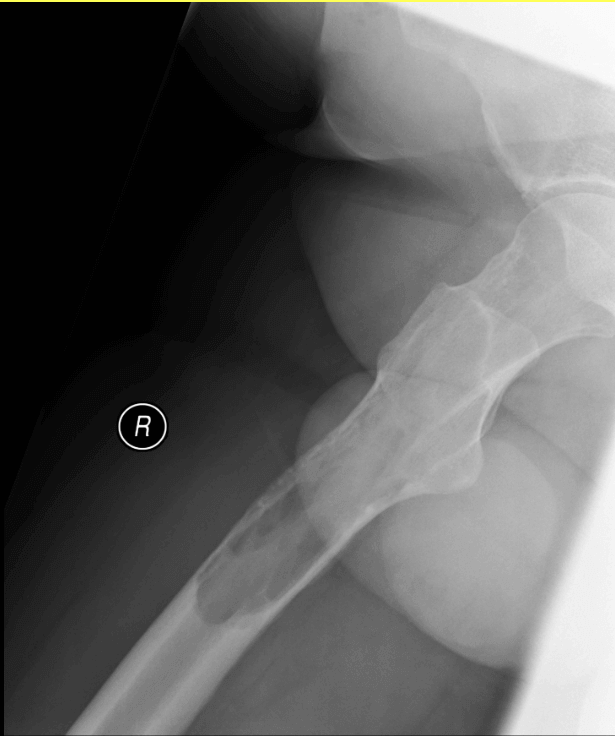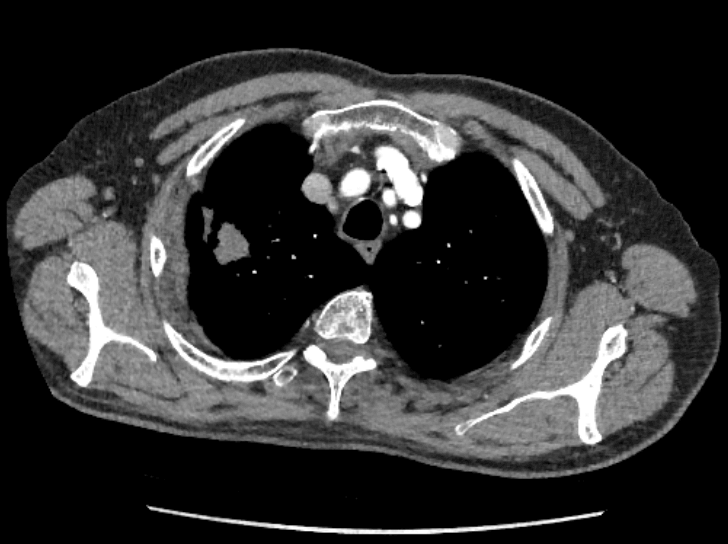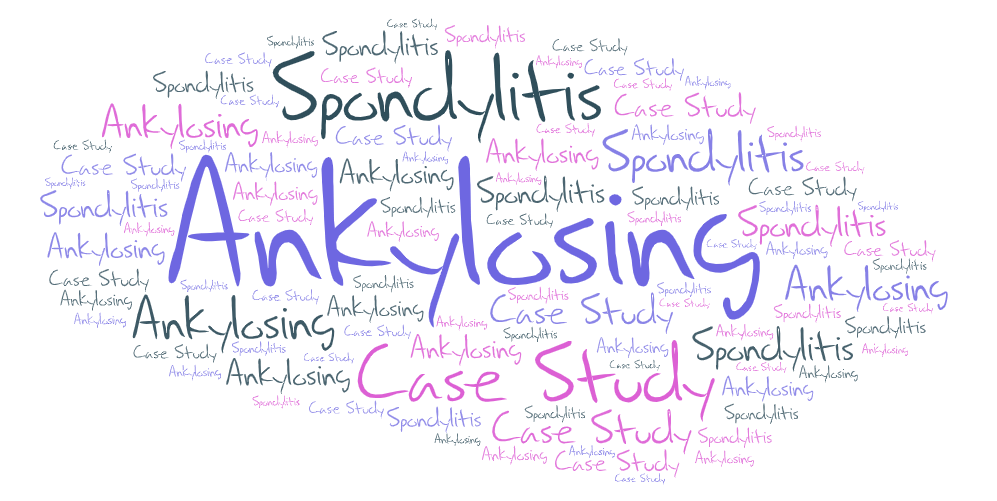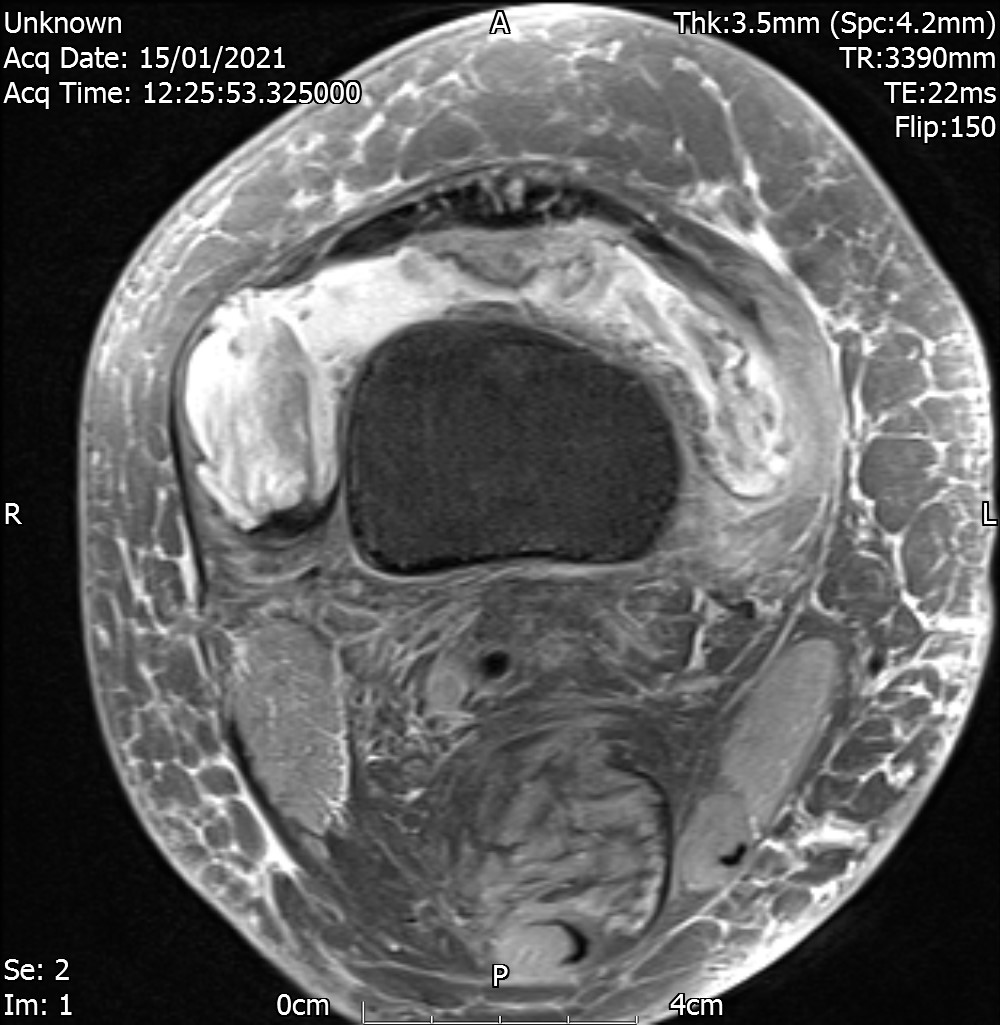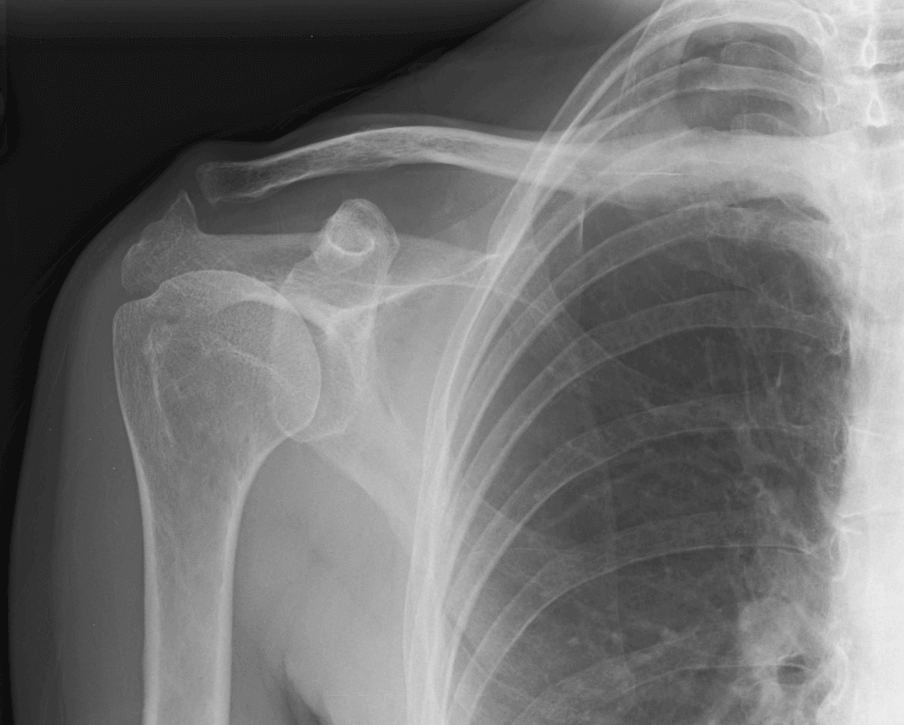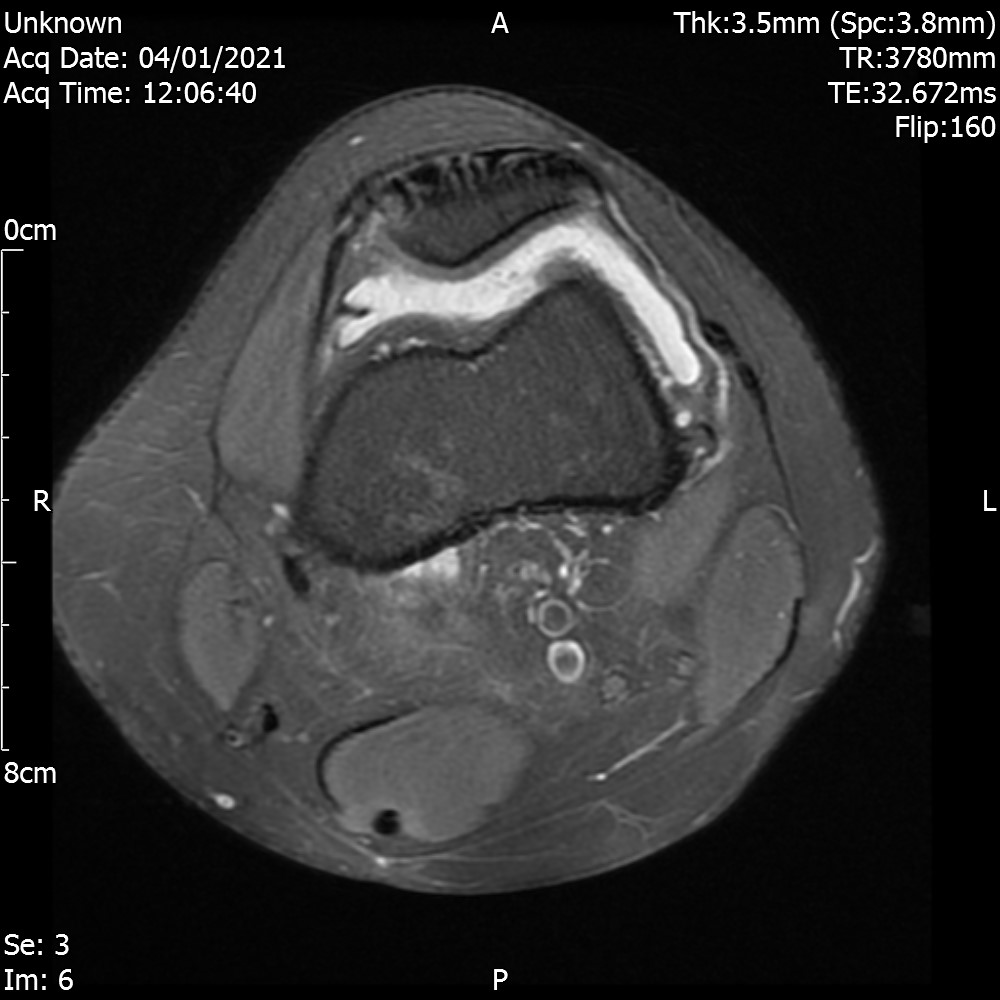Antigen = Anti + Gen = Antibody + Generation
Any substance that is capable of causing an immune response thereby causing the production of antibodies is called an antigen.
Generally antigens are foreign substances (heteroantigens) but at times they can be body’s own proteins (autoantigens). Foreign antigens are generally proteins or protein fragments or polysaccharides but can also be lipids, nucleic acids and other substances. Bacteria and viruses contain antigens. Other examples of antigens include substances in snake venom, certain proteins in foods, components in blood of other people.
Antibody
Antibody (abbreviated as Ab) is a substance (protein) produced by a B cell in response to an antigen. The function of an antibody is to eliminate the antigen from the body. Antigens are also called Immunoglobulins (abbreviated as Ig).
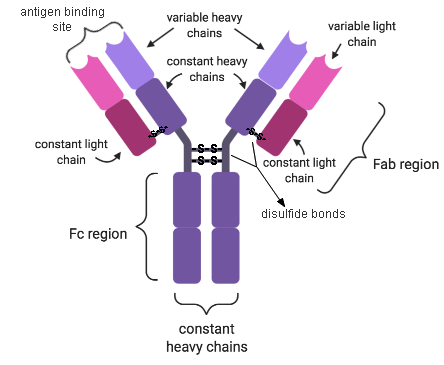
Antibodies are in the shape of letter “Y”. Each unit contains 2 identical copies of a heavy chain and 2 identical copies of a light chain. (chains are called light or heavy due to their high or low molecular weight).
When an antigen invades the body, the immune system triggers various mechanisms to eliminate the antigen. One of them is antibody production. Antibodies are produced by B cells or B lymphocytes. Once an antigen binds to a B cell it stimulates the B cell to divide and mature into Plasma Cell. The plasma cells then secrete antibodies.
Plasma cells are differentiated B-lymphocyte white blood cells capable of secreting immunoglobulin, or antibody. Plasma cells develop from antigen-activated B lymphocytes in secondary lymphoid organs, such as the spleen and lymph nodes, after antigenic stimulation.
Histology – Plasma Cells
Mature plasma cells are much larger than B cells, and can secrete large amounts of antibodies. During their lifespan of 2 to 3 days, they continuously synthesize and secrete antibodies that have specificity for the antigen that stimulated the plasma cell precursor to proliferate and differentiate. Estimates are that a single plasma cell can secrete hundreds to thousands of antibody molecules per second.
Mode of Action of Antibodies
Antibodies attack antigens by binding to them. This can then work in several ways.
- Antibodies can neutralise the antigen by changing their chemical composition.
- Antibodies can mark the antigen and make them susceptible to get phagocytosed by phagocytes.
- Antibodies can also render a microbe immobile and thus limit their ability to invade or enter cells.
Types of Antibodies (Ab) or Immunoglobulins (Ig)
Ig have 5 classes. IgG, IgA, IgM, IgD, IgE.
IgG – IgG is the most abundant Ig in the blood. These comprise up to 80% of antibodies in blood. These have 4 subclasses IgG1, 2, 3, 4. IgG can also cross placenta. These are also secreted in breast milk and then travel in blood to provide immunity.
IgA – IgA is found in mucosal membranes. High levels of IgA are present in saliva, tears, and breast milk. It acts as a neutralising antibody (NAb). A NAb binds to an antigen in such a way that it blocks infection.
IgM – These are the first antibodies to be produced by a plasma cell in response to an infection. 5 Y shaped units combine to form a larger unit which has 10 antigen binding sites. It acts by causing agglutination or clumping together of bacteria.
IgD – IgD are present on most B cells but very little is released in blood. It is disputed as to what function these perform.
IgE – IgE is present in low concentration in blood. Most IgE is bound to its receptors on mast cells and basophils. When antigens attach to these cells bound IgE receptors, they cause the cell to release histamine which is involved in allergic reactions. They also protect against parasitic infections.
